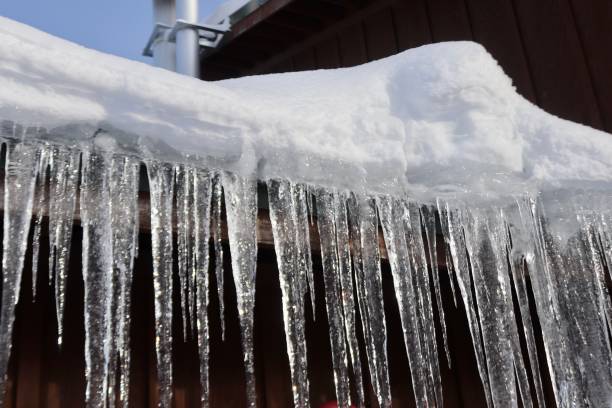Essential Tips to Avoid Frozen Pipes in Cold Weather: Expert Insights
Essential Tips to Avoid Frozen Pipes in Cold Weather: Expert Insights
Blog Article
What're your concepts about Preventing and dealing with frozen pipes?

Winter can ruin your pipes, specifically by freezing pipes. Here's just how to stop it from occurring and what to do if it does.
Introduction
As temperatures drop, the danger of frozen pipelines boosts, possibly bring about expensive repair services and water damage. Comprehending how to stop frozen pipes is important for house owners in cool environments.
Prevention Tips
Insulating susceptible pipes
Wrap pipes in insulation sleeves or use heat tape to protect them from freezing temperature levels. Focus on pipelines in unheated or outside areas of the home.
Home heating techniques
Maintain interior rooms sufficiently heated, particularly locations with plumbing. Open up cabinet doors to enable cozy air to distribute around pipelines under sinks.
How to determine icy pipelines
Search for reduced water circulation from taps, unusual odors or sounds from pipelines, and visible frost on exposed pipes.
Long-Term Solutions
Architectural changes
Consider rerouting pipes away from exterior walls or unheated areas. Add extra insulation to attics, basements, and crawl spaces.
Upgrading insulation
Invest in high-grade insulation for pipes, attic rooms, and walls. Appropriate insulation aids preserve regular temperatures and minimizes the threat of frozen pipelines.
Shielding Outdoor Pipes
Yard hoses and outside taps
Detach and drain pipes yard tubes prior to winter season. Install frost-proof spigots or cover exterior faucets with shielded caps.
Recognizing Icy Pipes
What causes pipes to ice up?
Pipelines ice up when subjected to temperatures below 32 ° F (0 ° C) for expanded periods. As water inside the pipelines ices up, it expands, taxing the pipeline walls and potentially triggering them to break.
Threats and problems
Icy pipelines can lead to water system disturbances, residential property damages, and expensive repairs. Burst pipelines can flood homes and cause extensive architectural damage.
Signs of Frozen Piping
Recognizing frozen pipes early can stop them from breaking.
What to Do If Your Pipes Freeze
Immediate activities to take
If you presume frozen pipelines, keep taps open to relieve stress as the ice melts. Make use of a hairdryer or towels taken in hot water to thaw pipelines slowly.
Verdict
Protecting against icy pipes calls for proactive procedures and fast responses. By comprehending the reasons, signs, and preventive measures, house owners can shield their plumbing during cold weather.
5 Ways to Prevent Frozen Pipes
Drain Outdoor Faucets and Disconnect Hoses
First, close the shut-off valve that controls the flow of water in the pipe to your outdoor faucet. Then, head outside to disconnect and drain your hose and open the outdoor faucet to allow the water to completely drain out of the line. Turn off the faucet when done. Finally, head back to the shut-off valve and drain the remaining water inside the pipe into a bucket or container. Additionally, if you have a home irrigation system, you should consider hiring an expert to clear the system of water each year.
Insulate Pipes
One of the best and most cost-effective methods for preventing frozen water pipes is to wrap your pipes with insulation. This is especially important for areas in your home that aren’t exposed to heat, such as an attic. We suggest using foam sleeves, which can typically be found at your local hardware store.
Keep Heat Running at 65
Your pipes are located inside your walls, and the temperature there is much colder than the rest of the house. To prevent your pipes from freezing, The Insurance Information Institute suggests that you keep your home heated to at least 65 degrees, even when traveling. You may want to invest in smart devices that can keep an eye on the temperature in your home while you’re away.
Leave Water Dripping
Moving water — even a small trickle — can prevent ice from forming inside your pipes. When freezing temps are imminent, start a drip of water from all faucets that serve exposed pipes. Leaving a few faucets running will also help relieve pressure inside the pipes and help prevent a rupture if the water inside freezes.
Open Cupboard Doors
Warm your kitchen and bathroom pipes by opening cupboards and vanities. You should also leave your interior doors ajar to help warm air circulate evenly throughout your home.

I'm just very excited about 6 Ways to Prevent Frozen Pipes and I am hoping you appreciated the entire blog posting. Sharing is nice. Helping others is fun. Many thanks for taking the time to read it.
Schedule An Appointment Report this page